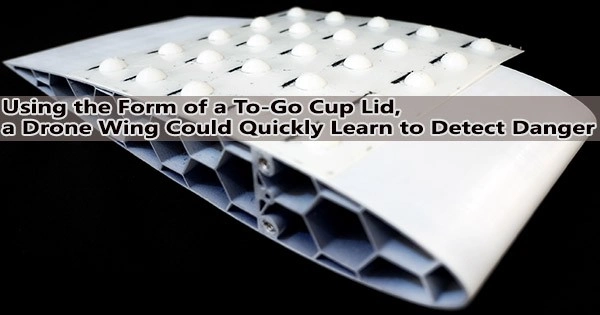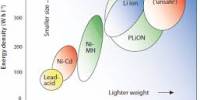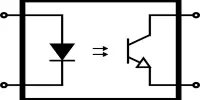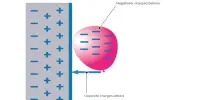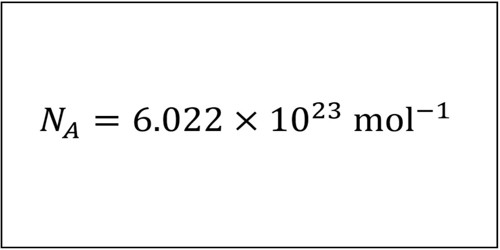One day, the weirdly gratifying little domes on the lid of your soda cup could prevent a winged drone from going down.
These invertible dome patterns on a drone’s wings would enable it to swiftly recall in microseconds how risky situations feel. Researchers from Purdue University and the University of Tennessee, Knoxville, undertook the study, which is one of the first examples of a metamaterial that uses its shape to figure out how to adapt to its environment on its own. The paper is published in the journal Advanced Intelligent Systems.
Autonomous vehicles can’t filter out information they don’t need as humans and other living things can, which slows down how quickly they react to changes in their environment.
“There’s this problem called ‘data drowning.’ Drones cannot use their full flight capability because there is just too much data to process from their sensors, which prevents them from flying safely in certain situations,” said Andres Arrieta, a Purdue associate professor of mechanical engineering with a courtesy appointment in aeronautical and astronautical engineering.
A drone’s wings could only sense the essential sensory data if they were coated in domes that could sense their environment. Forces below this threshold are automatically filtered out because a dome can only flip with a particular minimum amount of force.
For instance, a certain configuration of domes that popped up and down at particular locations on the wing may alert the drone’s control system to a potentially hazardous pressure pattern. Other dome patterns could signify dangerous temperatures or that an object is approaching, Arrieta said.
Drones cannot use their full flight capability because there is just too much data to process from their sensors, which prevents them from flying safely in certain situations.
Andres Arrieta
Giving drones associative memory through feel
Although it may sound unusual, people and animals also employ unrelated ideas to understand associations, which is why an invertible dome could provide memory cues to a drone wing for harmful situations.
This learning strategy is called associative memory. When you have forgotten the name of a place, for example, you might use a detail such as the color of a building to remember it. You can create a much more comprehensive version of the memory by recalling just a portion of it.
In Arrieta’s lab, researchers look into how an engineered material’s shape might aid in computation and information processing. His laboratory regularly draws inspiration from the anatomical structures that spiders and other animals utilize to detect and comprehend their environment.
Electronic devices have been built for years to store and retrieve images by encoding data as patterns of black or white pixels, or as ones or zeros. A dome can only adopt two states popped up or popped down and since these states can function like zeros and ones to produce spatial patterns for associative memory formation.
In their study, Arrieta and his team demonstrated that sensors built into the flat surface of a metamaterial sheet enclosing a dome can detect its inversion when a specific amount of force is applied.
The force and the location on the sheet where it was sensed are then recorded by a memristor, a memory device. The metamaterial learns to remember the pattern that a particular level of force produces on its surface with each instance of an inverted dome.
In practice, a drone wing would be able to quickly recall a pattern associated with a dangerous condition because the metamaterial keeps a record of all its “partial memories” from inverted dome patterns as a single “complete memory” that these patterns create altogether. Based on this study, the researchers believe that the metamaterial wouldn’t need to “buffer” to recall information that it stores within itself over time.
Since the metamaterial can be manufactured with existing methods, these domes can easily cover a large surface area like a drone’s wing, Arrieta said.
The material will next be tested to see how it reacts to its environment depending on the knowledge it gains from the domes. In the next three to five years, according to Arrieta, it will be able to construct a drone wing utilizing this material design.
The Defense Advanced Research Projects Agency, National Science Foundation and Indiana Space Grant Consortium support this research.
